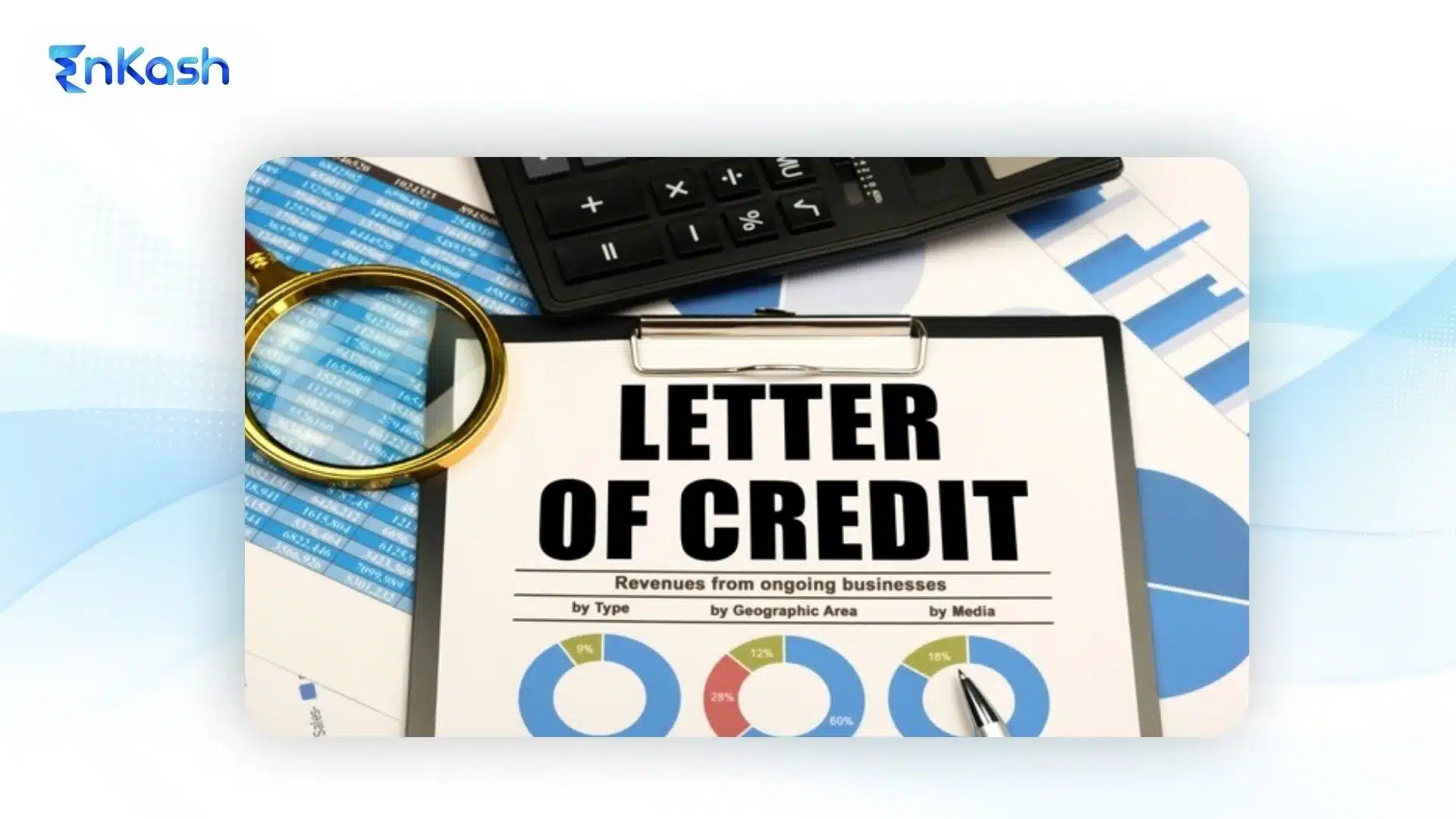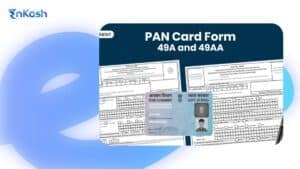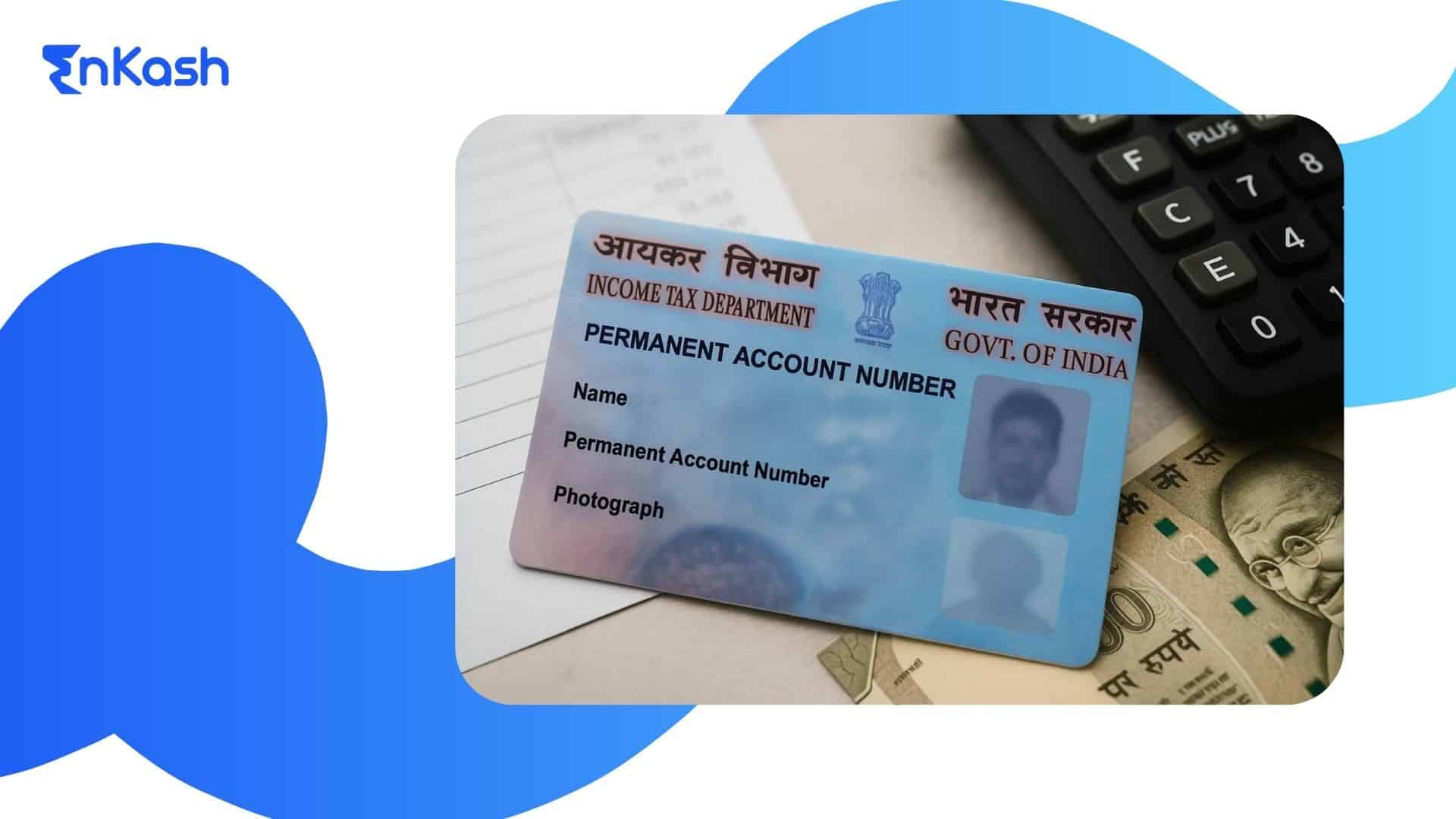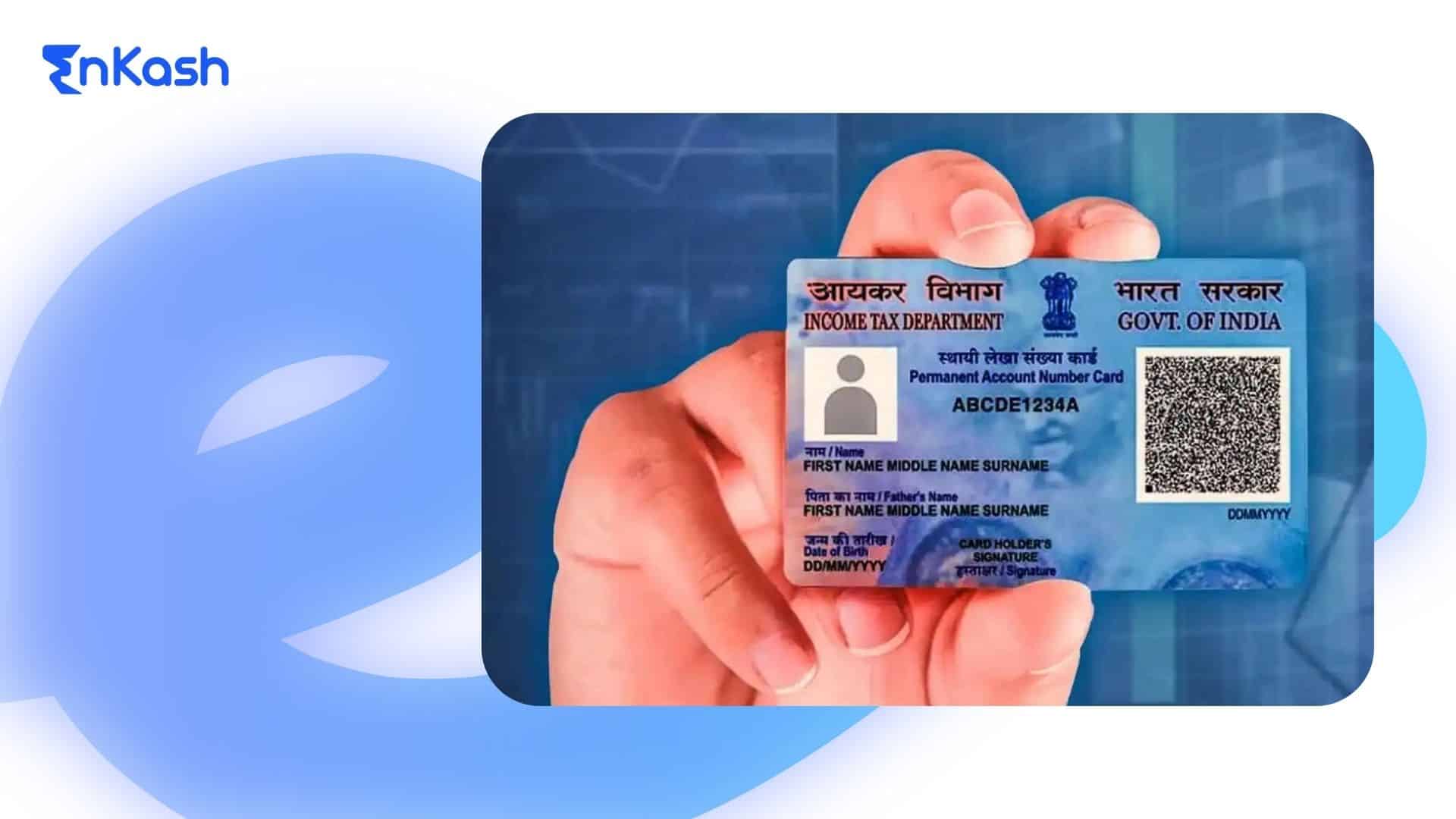Trade has always carried a degree of uncertainty. When buyers and sellers are separated by distance, both sides want assurance. The buyer wants proof that the goods have been shipped before releasing funds. The seller wants confidence that payment will arrive once obligations are fulfilled. A Letter of Credit addresses this need. It is a financial instrument issued by a bank to guarantee payment, provided the terms agreed by both parties are met.
LC Full Form in Banking
The LC full form is “Letter of Credit.” In banking, it represents a written promise by the issuing bank on behalf of its customer, usually the buyer. The bank commits to pay the seller once the required documents are presented. This arrangement shifts the risk of default away from the seller and gives the buyer a structured process where money moves only after conditions are satisfied.
What is a Letter of Credit and Its Purpose
A letter of Credit is a guarantee of payment backed by a bank. The purpose is straightforward: reduce uncertainty in trade. The seller does not have to depend entirely on the buyer’s ability or willingness to pay. The buyer gains confidence that funds will be released only if the seller provides evidence of shipment or service delivery.
Distinction Between LC and Pay Letter
Some businesses may use informal terms like ‘payment letter’ to indicate intent to pay. However, unlike a formal Letter of Credit, such notes have no legal or banking enforceability. The difference is important. A pay letter does not carry the legal force or structured conditions of a Letter of Credit. An LC is governed by international banking practices and is enforceable. It protects both sides, while a pay letter is more like an informal assurance without binding guarantees.
Importance in Trade
The role of a bank letter of credit is not limited to international shipments. It is equally relevant in high-value domestic trade where parties may lack prior business history. For exporters, it secures payment once shipment conditions are met. For importers, it ensures that money is not released without proof of delivery. By acting as a neutral party, the bank bridges the gap between buyer and seller.
This balance explains why the letter of credit’s meaning remains significant even as digital payment options expand. It combines financial security with a legal structure. Businesses rely on it when entering new markets, handling large contracts, or dealing with unfamiliar partners. In that sense, the LC continues to serve as a backbone of trade, protecting both sides and building confidence in transactions.
Key Participants in an LC Transaction
A Letter of Credit involves several parties. Each has a specific role, and together they make the arrangement reliable.
Applicant (Buyer / Importer)
The applicant is the party requesting the LC from their bank. This is usually the buyer who wants assurance that funds will only be released when the seller meets the stated conditions.
Beneficiary (Seller / Exporter)
The beneficiary is the party in whose favor the LC is issued. In most cases, this is the seller. They receive the payment once they submit the required documents that prove the goods have been shipped or the services delivered.
Issuing Bank and Advising Bank
The issuing bank is the buyer’s bank that provides the guarantee. It assumes the responsibility of paying the beneficiary once all terms are met. The advising bank, usually located closer to the seller, serves as the channel to communicate the LC and verify its authenticity.
Confirming Bank and Nominated Bank
At times, a confirming bank adds its own guarantee, offering extra security for the seller. The nominated bank is the one authorized to handle documents and release funds, though it does not carry the same responsibility as the issuing bank.
Terms of Credit and Their Relevance
Every Letter of Credit is built around a set of conditions, often called the terms of credit. These terms outline exactly what must be fulfilled for the bank to release payment. They form the backbone of the LC and leave little room for dispute.
Monetary Value, Expiry, and Shipment Conditions
The LC specifies the total value of the transaction, the date on which the credit expires, and the final date by which shipment must be made. If these conditions are not met, the bank has no obligation to pay.
Required Documentation and Accuracy Standards
The most critical part of an LC is the documentation. Typical documents include invoices, packing lists, bills of lading, insurance certificates, and certificates of origin. Banks check these line by line. Even minor errors in spelling or dates can lead to rejection, which is why accuracy is vital.
Shipment Clauses, Transferability, and Partial Shipments
Some LCs allow goods to be shipped in multiple batches, while others demand one complete shipment. Transferability is another clause that matters when intermediaries are involved, as it lets the credit be transferred to another party.
Presentation Deadlines and Place of Expiry
Documents must be presented within a fixed period after shipment, usually within 21 days. The LC also mentions the place where documents should be submitted, such as the advising or nominated bank.
These conditions make sure both buyer and seller know exactly what is expected, reducing uncertainty and protecting both sides.
The LC Process Explained
A Letter of Credit follows a well-defined sequence. Each step is designed to protect both buyer and seller and to give the bank a clear basis for releasing funds.
Agreement and Application
The process begins when the buyer and seller finalize their trade contract. Once they agree that payment will be made through an LC, the buyer approaches their bank and applies for the instrument. The bank reviews the buyer’s financial standing and may ask for collateral before issuing the LC.
Drafting and Issuance by Bank
After approval, the issuing bank prepares the LC document. It contains details such as the value, shipment date, expiry date, and documents required. The LC is then sent to the advising bank, which confirms its authenticity and passes it on to the seller.
Shipment and Documentary Proofs
The seller ships the goods according to the contract. After shipment, the seller collects the required documents, like invoices, packing lists, and bills of lading, and submits them to the advising or nominated bank.
Verification and Payment Flow
The bank carefully checks whether the documents match the terms of the LC. If everything is in order, the issuing bank releases the payment. If the LC specifies deferred payment, funds are released after the agreed time period.
Completion of Transaction
Finally, the issuing bank recovers the payment from the buyer. The buyer then uses the documents to claim the goods at the port or destination. With this, the transaction is complete and the LC is closed.
Types of Letter of Credit
The landscape of trade is full of risk. Buyers hesitate to part with money until goods are on their way. Sellers hesitate to ship without knowing they will be paid. Different types of letters of credit exist to strike a balance, each designed for a specific situation.
Revocable and Irrevocable LC
A revocable letter of credit sounds convenient, but gives little protection. The issuing bank can cancel or change it without notice. Imagine a seller waiting for payment, only to find the promise has vanished. That is why revocable credits are rarely used. An irrevocable LC is the standard today. Once issued, it stands firm unless every party agrees to amend it. Sellers trust it; buyers accept it because the rules are clear.
Sight LC and Usance LC
Timing is everything. A sight LC pays the seller once documents are checked and approved, providing almost immediate relief for cash flow. A usance LC, sometimes called a deferred or time LC, delays settlement. It might be thirty, sixty, or even ninety days after acceptance. Helpful for buyers managing liquidity, less comforting for sellers who wait. Which one works better? It depends on who values speed and who values breathing room.
Confirmed and Unconfirmed LC
Trust in a single bank does not always travel across borders. That is where a confirmed letter of credit adds weight. Another bank, usually near the seller, promises payment if the issuing bank falters. It feels like a safety belt strapped over the original guarantee. An unconfirmed LC lacks this backup. Cheaper, yes, but the seller carries a heavier risk.
Revolving LC and Back-to-Back LC
Repeated shipments call for efficiency. A revolving letter of credit saves both sides from endless paperwork by allowing several transactions under the same arrangement. Useful when trade flows are steady and predictable. Then there is the back-to-back LC. Here, an intermediary receives an LC from a buyer and uses it to open a second LC with their supplier. It keeps middlemen in business, though it adds layers of complexity.
Standby LC and Clean LC
A standby LC works quietly in the background. It is rarely used unless the buyer fails to pay. When that happens, it acts like a financial parachute for the seller. A clean LC operates differently. It asks for minimal paperwork, sometimes just a draft or bill of exchange, to release funds. Quick, yes, but riskier because proof of shipment is thin.
Red Clause and Green Clause LC
Trade requires money even before goods move. A red clause LC allows sellers to take an advance before shipment. A green clause LC stretches further by covering expenses like storage or insurance. Both serve as lifelines for sellers needing upfront capital, though banks tread carefully when approving them.
Cost of Using a Letter of Credit
Nothing in trade is free. A letter of credit offers protection, but banks charge for the service. The exact figure depends on the value, the type of LC, and the level of risk attached.
Issuance and Advising Charges
The issuing bank takes a fee for preparing the LC. It can be a flat charge or a small percentage of the total credit value. The advising bank, which notifies the seller, also bills a fee for handling and authenticating the document.
Confirmation and Negotiation Fees
When sellers ask for extra safety through a confirmed LC, another bank steps in. That additional guarantee carries its own cost, which varies with the perceived risk of the issuing bank and the country it operates from. If the beneficiary’s bank negotiates or discounts the LC, it applies its own charges as well.
Amendment and Discrepancy Costs
Trade is rarely perfect. Shipment dates change. Spelling mistakes appear in documents. Each amendment or discrepancy can result in another bill.
Typical Percentage Range for Businesses
When combined, these costs usually fall between a quarter percent and two percent of the LC amount. A bank letter of credit makes trade possible, but businesses must factor these expenses into their final pricing.
Advantages of LC in Trade
The strength of a letter of credit is its ability to reduce risk. Buyers and sellers who might have doubts can still work together because a bank sits between them, promising that payment will move only under agreed-upon terms.
Seller’s Payment Assurance
For the seller, this is a guarantee that matters. When the documents are delivered and accepted, the issuing bank releases the funds. The buyer’s financial troubles or sudden refusal no longer threaten the transaction. That assurance makes exporters more confident in shipping large orders.
Buyer’s Security and Risk Reduction
The buyer benefits as well. No money leaves their account until the seller proves shipment or service delivery. A bank letter of credit blocks fraudulent claims and protects the buyer from paying without evidence.
Structured Documentation as Safeguard
The process creates a paper trail. Invoices, packing lists, inspection certificates, and other documents must match the LC terms exactly. This structure prevents disputes, as both sides know the conditions before trade begins.
Role in Expanding Market Access
The LC’s meaning stretches beyond payment. It enables businesses to reach new suppliers and buyers across regions, creating opportunities that would not exist without this financial instrument.
Disadvantages and Risks of LC
A letter of credit is powerful, but it comes with its own set of challenges. Businesses must weigh these before deciding to rely on it.
High Transaction Costs
Banks do not provide this service for free. Issuance charges, advising fees, confirmation costs, and amendment fees add up. For small contracts, the total cost of an LC may feel heavy compared to the benefit it provides.
Documentary Compliance Risk
Every document linked to the LC has to match the terms exactly. A single spelling error in an invoice or a mismatch in dates can delay payment. Sellers sometimes face rejection even after shipping goods, simply because the paperwork is not flawless.
Delays in Processing and Payment
Verification by multiple banks takes time. If discrepancies arise, resolution can stretch into weeks. For sellers relying on quick cash flow, this delay can disrupt business operations.
Bank or Regulatory Failure Risks
The entire system rests on the banks. If the issuing bank faces liquidity issues or if regulations restrict cross-border payments, the LC may lose its value. Political or currency risks in some markets only add to the uncertainty.
These risks remind businesses that while the LC meaning promises security, it also demands precision, cost, and patience.
In Conclusion
A letter of credit continues to serve as a trusted bridge between buyers and sellers. Its design protects both sides by placing a bank at the center of the transaction. For the seller, it assures timely payment once conditions are met. For the buyer, it guarantees that money will be released only after receiving proof of shipment. The structure of the LC, supported by strict documentation, reduces disputes and builds confidence even in first-time trade relationships.
Different types of LC, such as sight LC, usance LC, confirmed LC, and standby LC offer flexibility to suit varied needs. The cost may seem significant, but the protection and access it provides to wider markets outweigh the expense for many businesses. The LC meaning goes beyond banking formalities. It remains a vital tool that shapes how goods and services move securely across borders and within domestic trade.
FAQs
1. What is LC in banking, and how does it differ from a bank guarantee?
An LC in banking assures payment to a seller once the buyer’s agreed documents are verified. A bank guarantee, on the other hand, activates only if the buyer defaults. In short, an LC is a direct payment mechanism, while a guarantee is a fallback promise triggered by non-performance.
2. What are the terms of credit most commonly included in a letter of credit?
The terms of credit in a letter of credit usually include the total amount, expiry date, shipment deadline, and the list of documents that must be submitted. These may also cover partial shipment rules, transhipment permissions, and the place of presentation. Every term must be followed precisely to ensure payment.
3. How does a bank letter of credit support small exporters?
A bank letter of credit gives small exporters credibility in markets where they are unknown. It assures foreign buyers that payment will be made against valid documents. This reduces the need for long-standing relationships and allows smaller firms to compete in larger tenders and international contracts with more established players.
4. What is the difference between a pay letter and a letter of credit?
A pay letter is usually a simple note confirming payment intention. It does not bind a bank or require specific documents. A letter of credit, however, is a regulated banking instrument. It demands compliance with defined terms and carries the full financial backing of the issuing bank, offering greater legal and commercial security.
5. How is the cost of a letter of credit calculated by banks?
The letter of credit cost depends on factors like the value of the transaction, the type of LC, the creditworthiness of the buyer, and whether confirmation is required. Banks charge issuance fees, advising charges, and confirmation fees, often expressed as a percentage of the LC amount, usually ranging between 0.25% and 2%.
6. Can a letter of credit be cancelled once it has been issued?
A revocable LC can be cancelled by the issuing bank without consulting the seller, but such LCs are rarely used. An irrevocable letter of credit cannot be cancelled unless the buyer, seller, and issuing bank all agree. This makes irrevocable credits the standard, as they protect sellers from unexpected withdrawal of payment assurances.
7. What is an example of how a letter of credit works in practice?
Imagine an importer orders machinery worth Rs1,00,000. Their bank issues an irrevocable LC to the exporter. The exporter ships the goods, submits the invoice, bill of lading, and insurance papers. Once the issuing bank verifies the documents, payment is released. The buyer then repays the bank and claims the shipment.
8. How can a business apply for a letter of credit?
To apply, the buyer must approach their bank with details of the trade contract, including shipment dates, goods description, and required documents. The bank assesses the buyer’s creditworthiness and may demand collateral. Once satisfied, it issues the LC in favor of the seller, listing the terms that govern payment.
9. What are the disadvantages of a letter of credit for buyers?
For buyers, an LC may limit flexibility. They must ensure funds are available with the issuing bank, and they bear charges for issuance and confirmation. If shipment delays occur, amendments may be required, adding more cost. Buyers also remain liable to reimburse the bank once documents are accepted, regardless of disputes on goods quality.
10. How do international rules regulate the use of letters of credit?
The LC meaning is standardized through the Uniform Customs and Practice for Documentary Credits (UCP 600), issued by the International Chamber of Commerce. These rules govern how banks issue, verify, and honor credits. They provide a common framework across countries, ensuring that a letter of credit carries legal weight and global recognition.












